This is how mine turned out on my aluminum kettle. Even with the oxide layer, I can still see the markings very clearly! I am very pleased with how it turned out.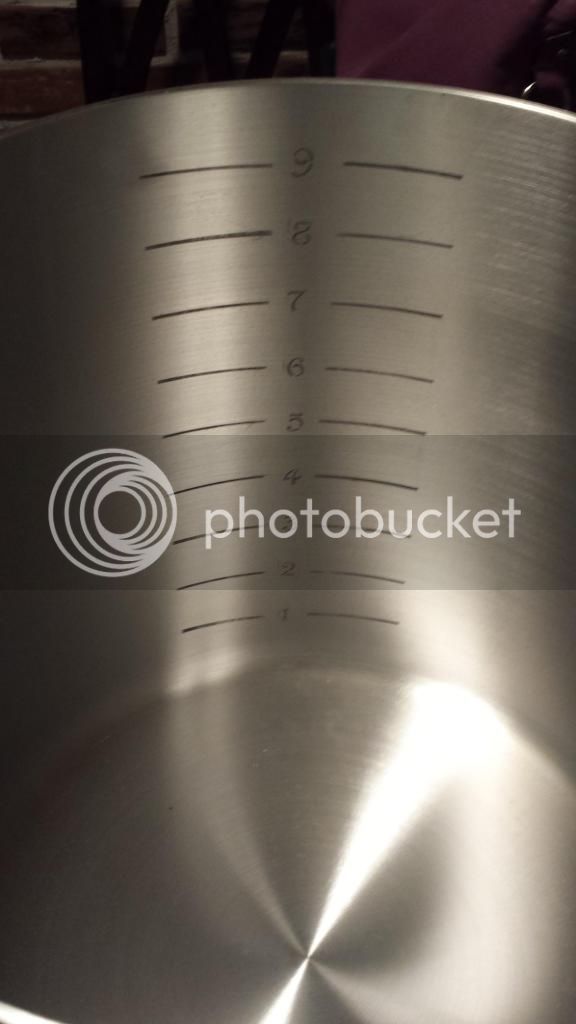
Wow! If you told me that was bought like that, I'd believe it. Great job man!
:rockin:

This is how mine turned out on my aluminum kettle. Even with the oxide layer, I can still see the markings very clearly! I am very pleased with how it turned out.
Wow! If you told me that was bought like that, I'd believe it. Great job man!
:rockin:
I may have missed it through this entire thread but has anyone used a foam brush instead of a Q-tip type of applicator?
Sent from my iPhone using Home Brew
This is how mine turned out on my aluminum kettle. Even with the oxide layer, I can still see the markings very clearly! I am very pleased with how it turned out.
That looks great! I'm curious why your etchings came out black when every other pic in this thread is white. Yours looks like electro-marking rather than etching. Did you do anything different than the described process in the OP?

I didn't do much different. My pot is aluminum not stainless steel so that might have an effect. I did have to use a lot more salt than the OP suggested to get it to work and I went over each spot very slowly. It took me forever to finish it, probably like an hour and a half to two hours because I wanted deeper etching. Also, I seemed to get more sizzling action when I moved the positive wire closer to the spot I was working on so I taped the wire right next to each line as I did it. The lighting might have some effect, it looks a little darker in the picture than they actually are but they still aren't white like everyone else's.
I have an aluminum pot too, and did my etching pretty deep with more salt than recommended as well. My etching doesn't have a color, it looks the same as the surface metal, just deeper. You can feel it, but it doesn't stand out to just look at it.
Your pot looks like it's never even been used yet, doesn't look like there's an oxide layer yet even. Mine has hundreds of batches worth of baked on wort stains.
Very nice and great idea!! I look forward to some more pics from other folks




100%
Also a lot of time and patience!
Thanks everyone for getting this technique to the cover of BYO magazine.
https://byo.com/stories/issue/item/3113-etch-your-kettle-projects
Thanks Dawson @ BYO for reaching out to me.
I'm so glad this process has worked out so well for so many of you.
Thanks everyone for getting this technique to the cover of BYO magazine.
https://byo.com/stories/issue/item/3113-etch-your-kettle-projects
Thanks Dawson @ BYO for reaching out to me.
I'm so glad this process has worked out so well for so many of you.
Did you write the article or is the author taking credit for your ingenuity? I read the whole thing and didn't find any credits anywhere.
I put a strip of electrical tape from the bottom of the kettle to the top and cut small notches in the tape with a box cutter after each added gallon
Sent from my iPad using Home Brew

Thanks everyone for getting this technique to the cover of BYO magazine.
https://byo.com/stories/issue/item/3113-etch-your-kettle-projects
Thanks Dawson @ BYO for reaching out to me.
I'm so glad this process has worked out so well for so many of you.
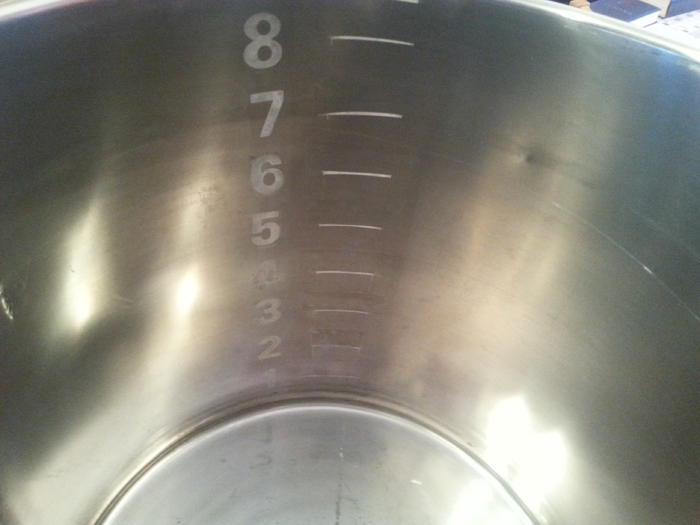

It's cheaper and easier than adding a sight glass!





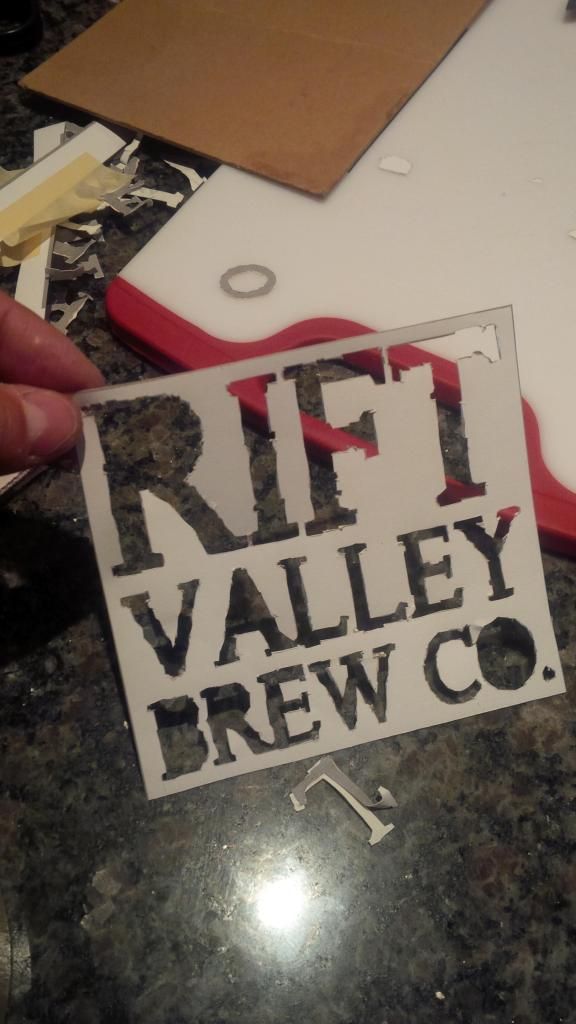
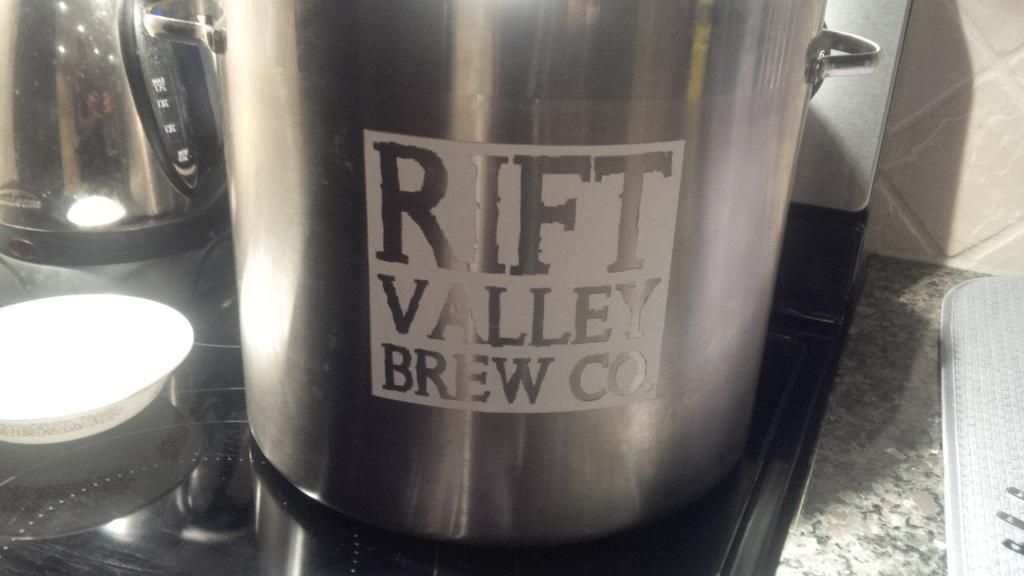
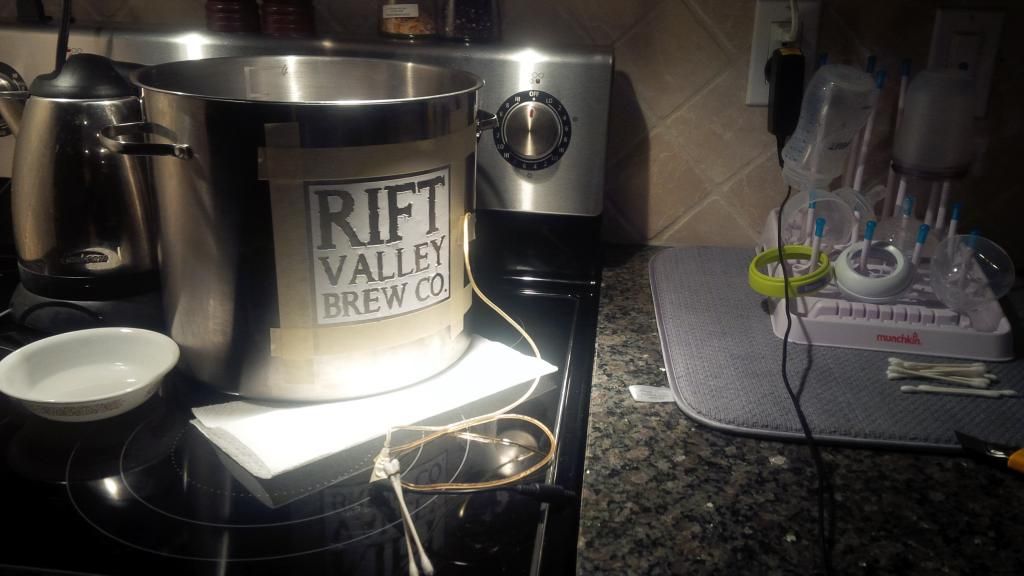
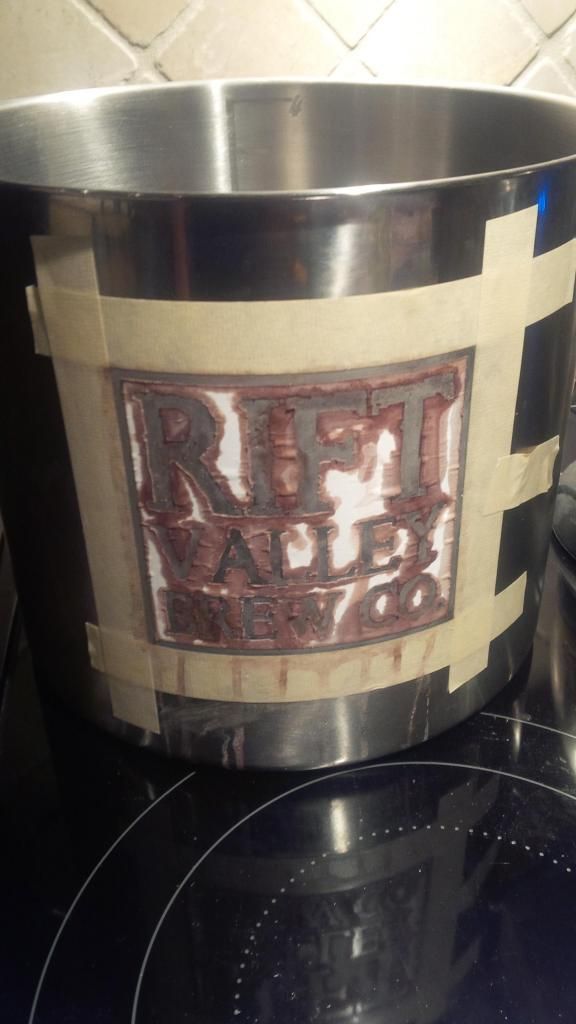
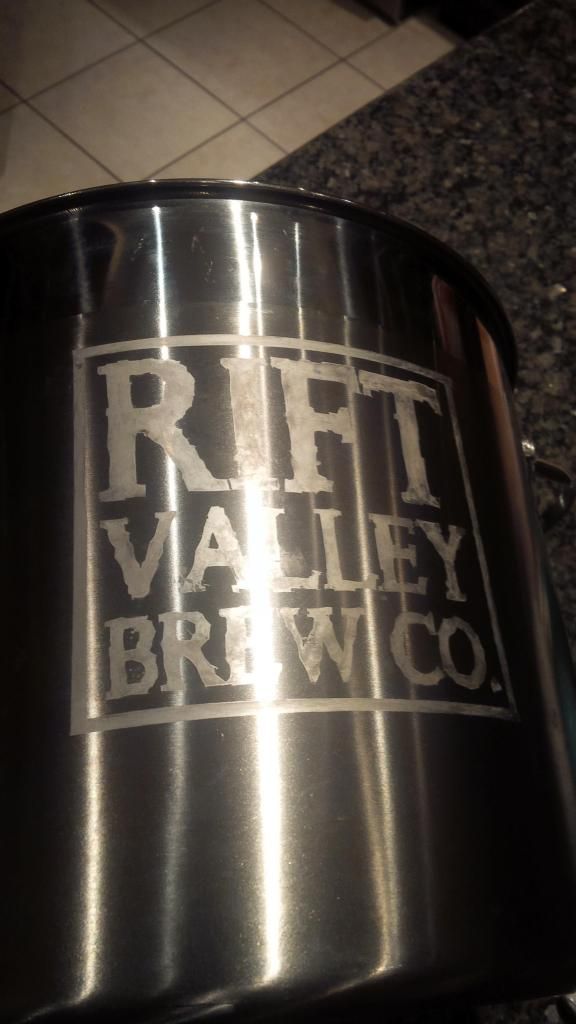
how long are you guys letting it sit after you etch? Im brewing saturday and want to do this tomorrow
Thanks everyone for getting this technique to the cover of BYO magazine.
https://byo.com/stories/issue/item/3113-etch-your-kettle-projects
Thanks Dawson @ BYO for reaching out to me.
I'm so glad this process has worked out so well for so many of you.
Enter your email address to join: